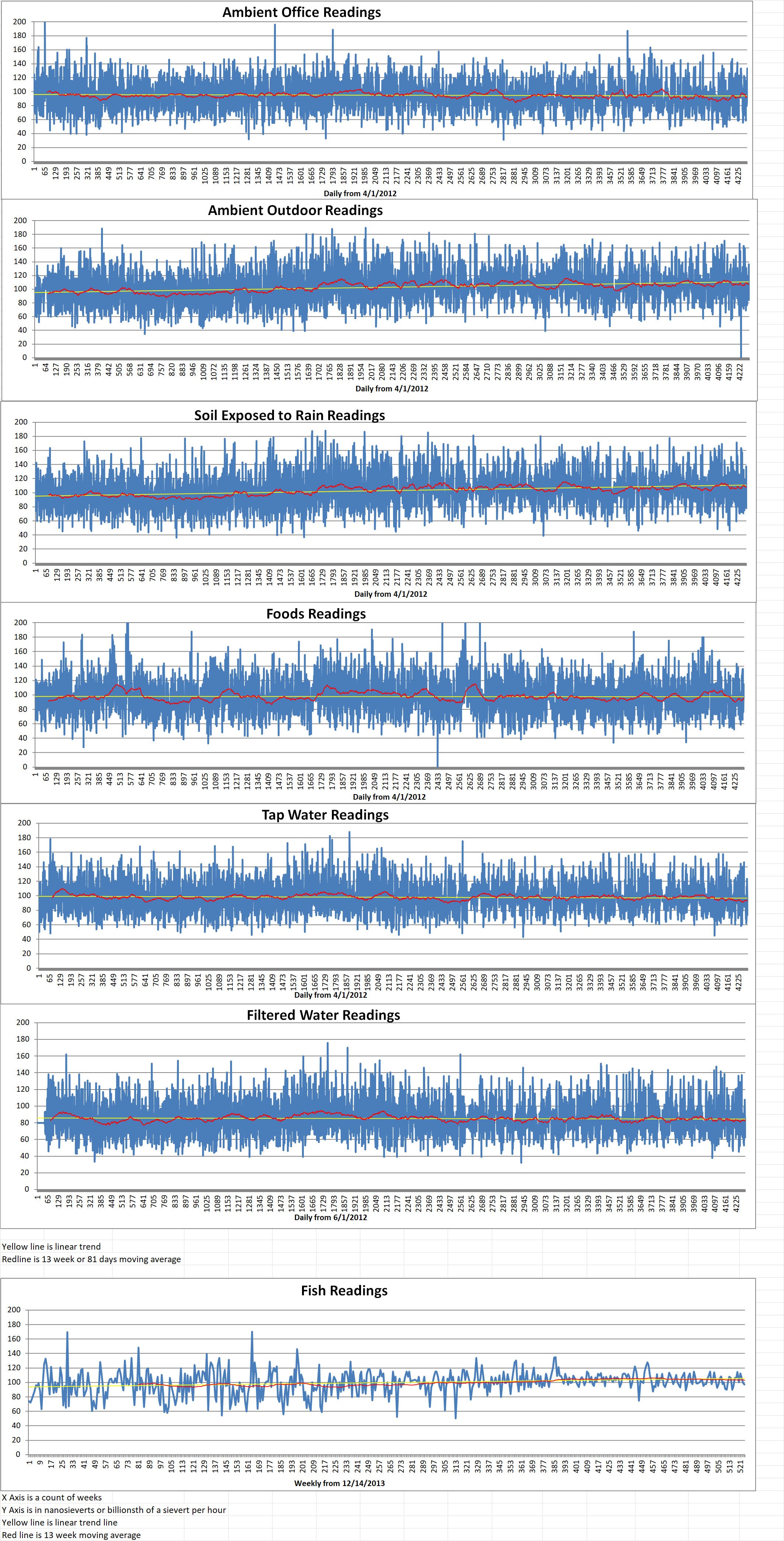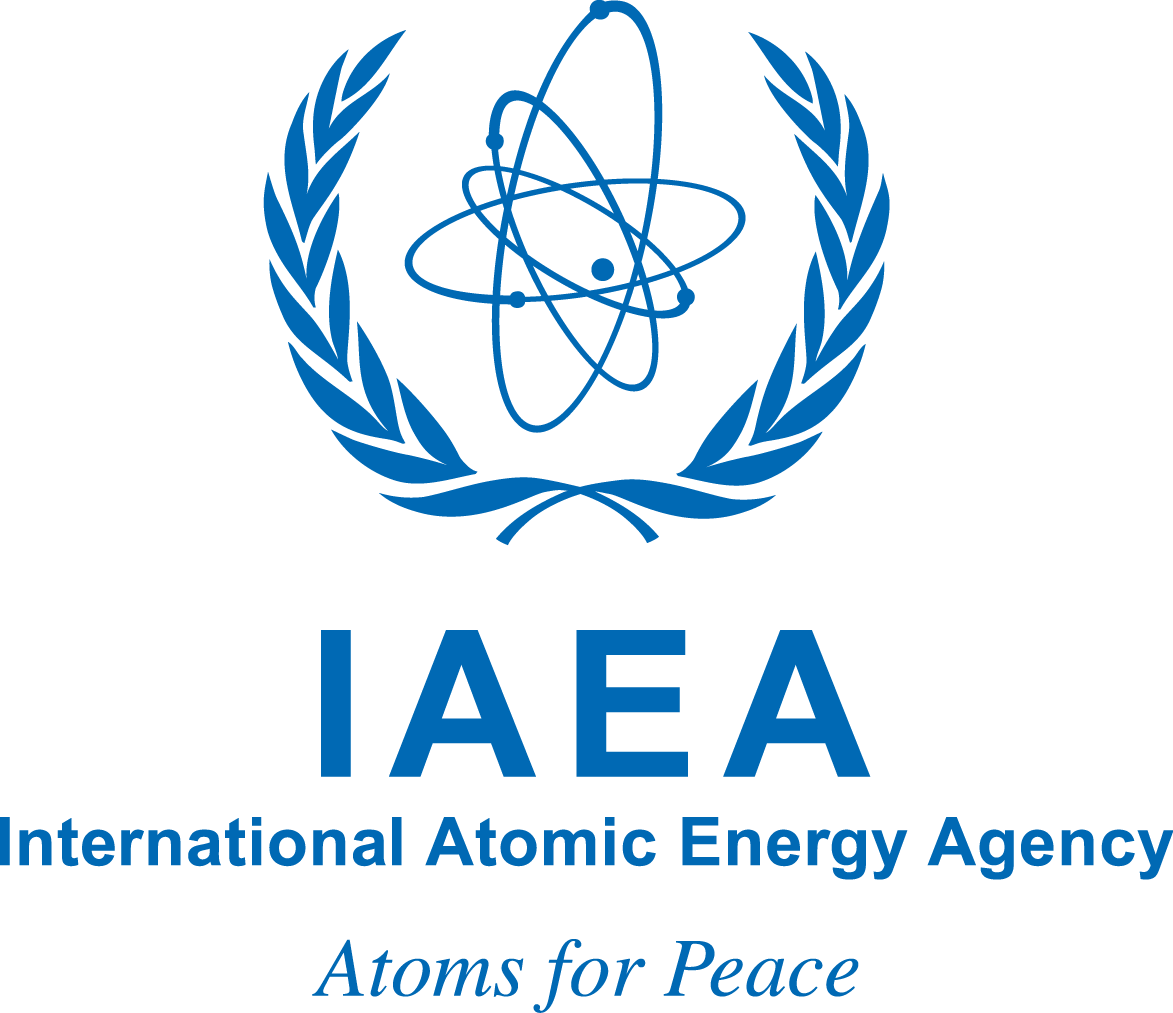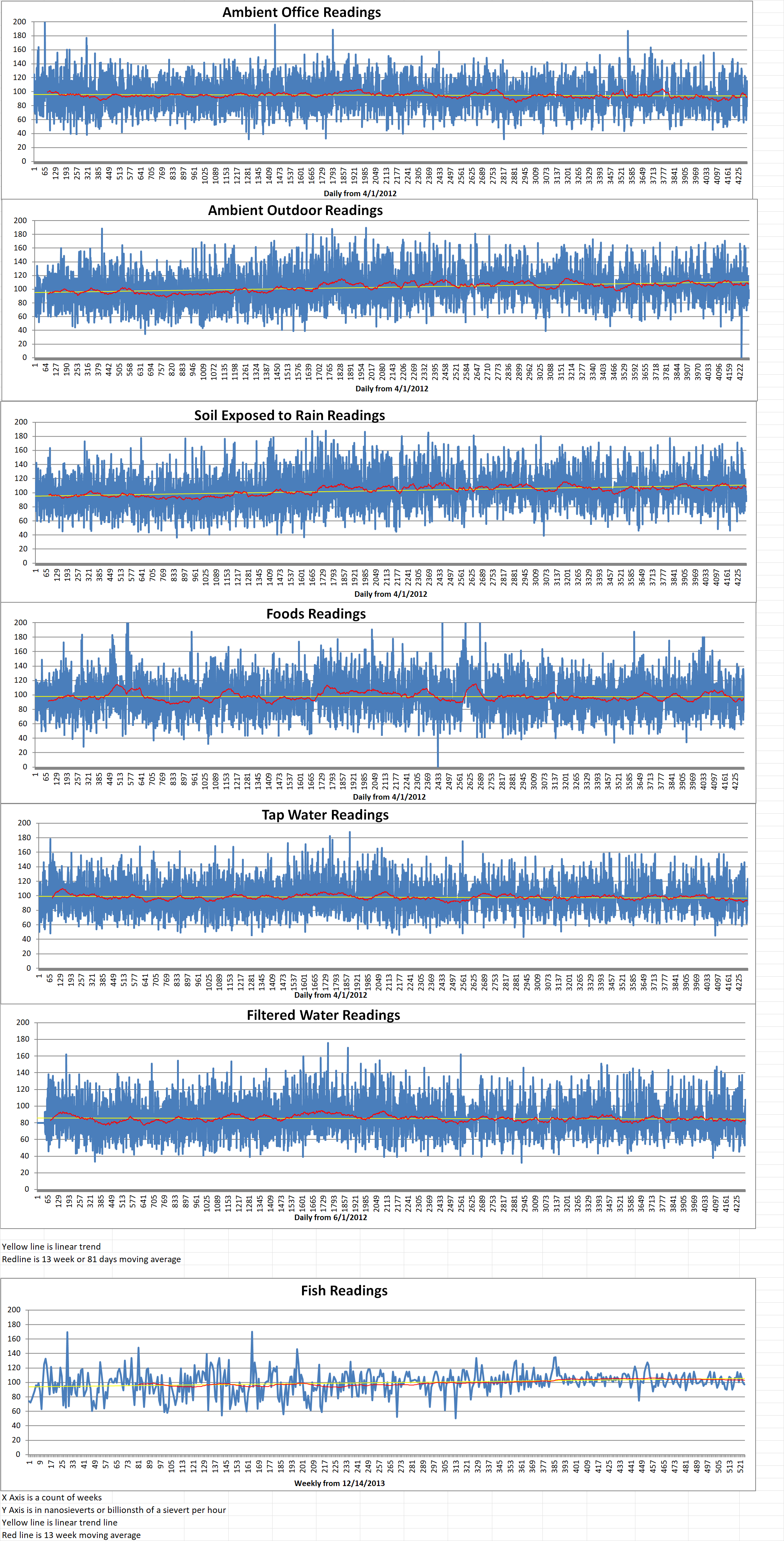The World Day to Combat Desertification and Drought highlights the urgent need to halt land degradation through global cooperation and innovative solutions including those offered by nuclear science.
For example, ‘isotope hydrology’ offers a unique and powerful tool to map water resources and therefore protect them. It is building drought resilience for future generations.
Ricardo Sánchez-Murillo is affiliated with the National University of Costa Rica, which has been partnering with the IAEA to understand Costa Rica’s rainfall patterns. He said, “We now know exactly which areas need special attention, and we know how to protect them to ensure our water supply for now and the coming decades.”
Isotope hydrology is a nuclear technique that reveals how water migrates through the land, ocean and atmosphere, providing information about the water’s origin, age, quality and movement.
Isotopes are atoms of the same element with the same number of protons, but each has a different number of neutrons. Water (H2O) is composed of two atoms of Hydrogen and one of Oxygen. Each drop has a unique isotopic ‘fingerprint’ or ‘signature’ that depends on where it comes from. Scientists can track the movement and pollution of water along its path through the water cycle.
For sixty years, the IAEA has been supporting researchers around the world who gather and analyze water samples. The IAEA created the Global Network of Isotopes in Precipitation, the worldwide monitoring network built by the IAEA. It to provides governments and researchers with the long-term, large-scale data they need to understand climate processes at the local, regional and global scale.
Information from the research helps countries meet Sustainable Development Goal 6 (Clean Water and Sanitation) and deliver on the Water Action Agenda.
Beginning in 1962, water samples have been sent to the IAEA’s laboratories in Vienna. The results provide scientists with detailed information on the origin and age of the samples. This information is entered into the largest online isotopic hydrology database.
Lucia Ortega is IAEA Isotope Hydrologist. She said, “This large amount of data allows researchers to better understand the water cycle globally and locally. For example: when, where, and how groundwater is recharged. This is key to decision makers to manage water resources, particularly in the light of climate change.”
The IAEA datasets and maps have been made freely available for analysts around the globe to study how changing global rainfall patterns affect local water resources.
These aid countries in understanding how precipitation patterns change and how different rainfall events transfer to the groundwater system and help them also identify the exact source of water pollution when it occurs.
The IAEA is also promoting water cooperation through its Global Water Analysis Laboratory (GloWAL) Network. GloWAL was launched at the UN 2023 Water Conference. It is a groundbreaking transformative tool in water analysis, allowing countries to independently generate chemical and isotopic water data.
The GloWAL network fosters collaboration, best-practices, knowledge-sharing and capacity building among laboratories bridging technical gaps between lower-, middle- and high-income countries. GloWAL’s objectives include facilitating independent data collection in low- and middle-income countries, reducing technical disparities, stimulating financial investment and promoting scientific innovation in water analysis.
The First Coordination Meeting of GloWAL Network will be held in Vienna next week (18-20 June 2024).
Jodie Miller is the Head of the IAEA’s Isotope Hydrology Section. She said, “The IAEA’s work in promoting the use of nuclear technologies in water resource management is instrumental in advancing global efforts towards achieving water security and sustainability. Through continued research, technical cooperation, and collaboration, we can harness the full potential of nuclear science to protect our precious water resources for a better and sustainable future.”






